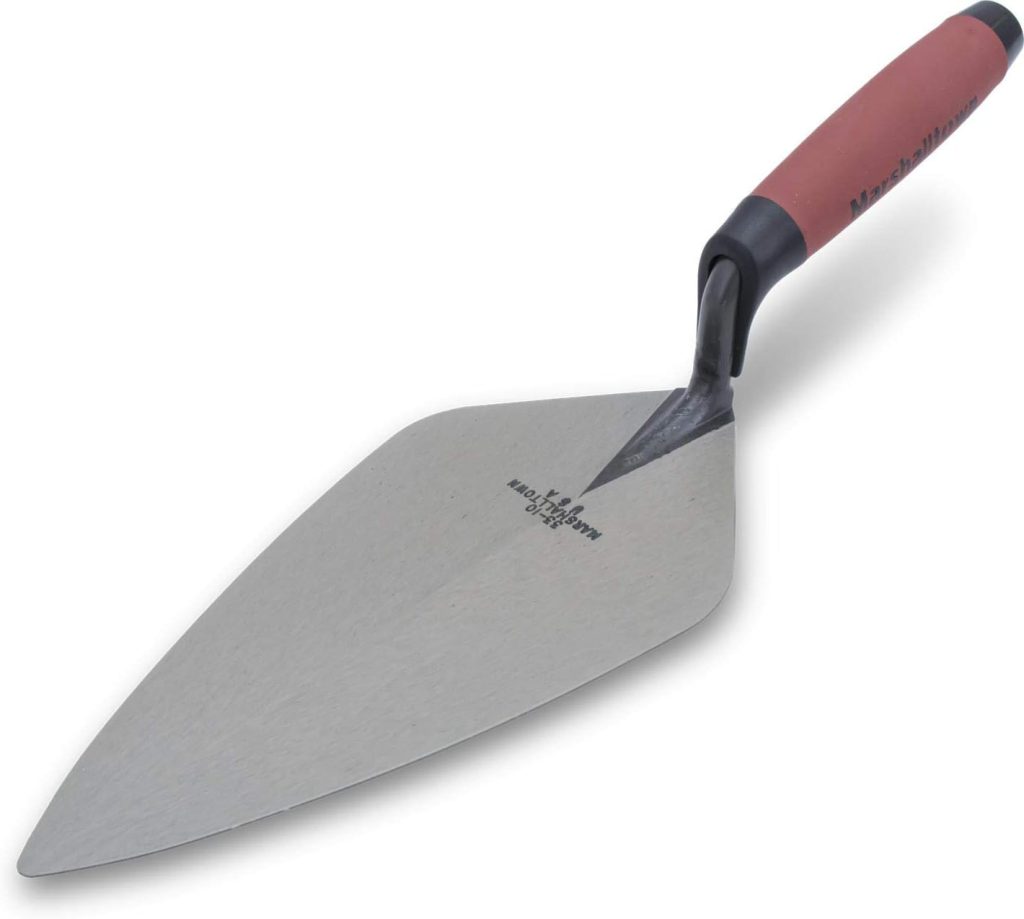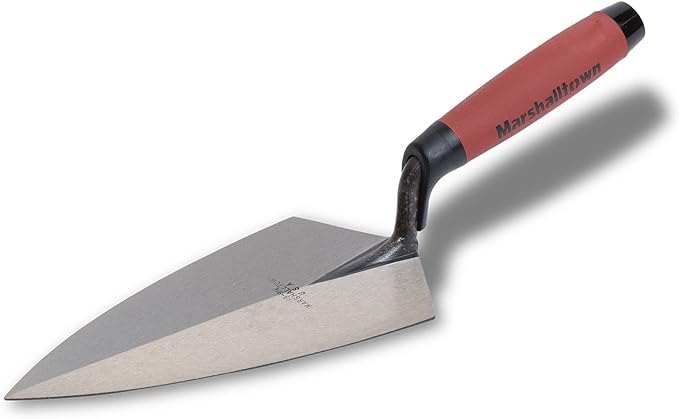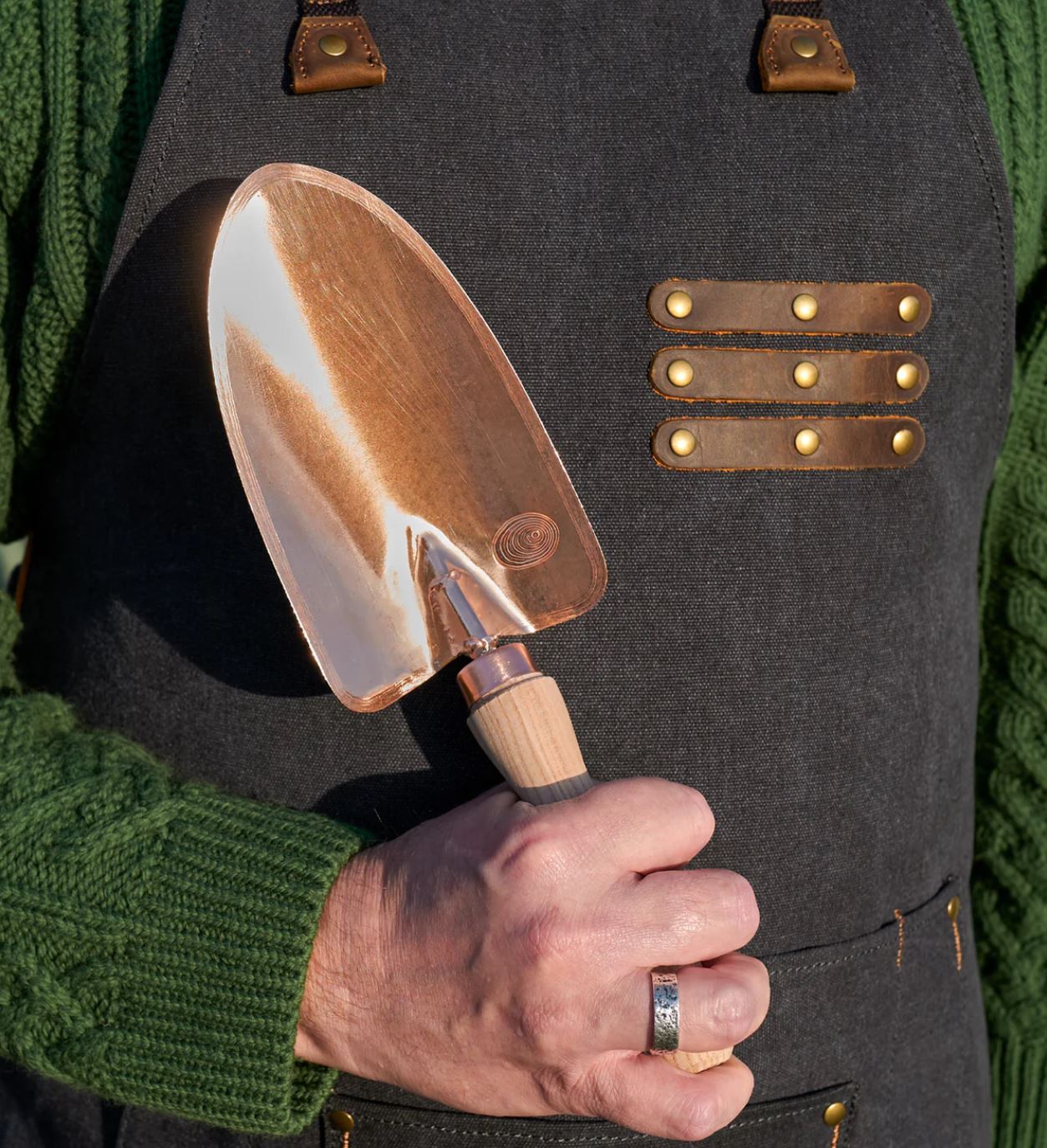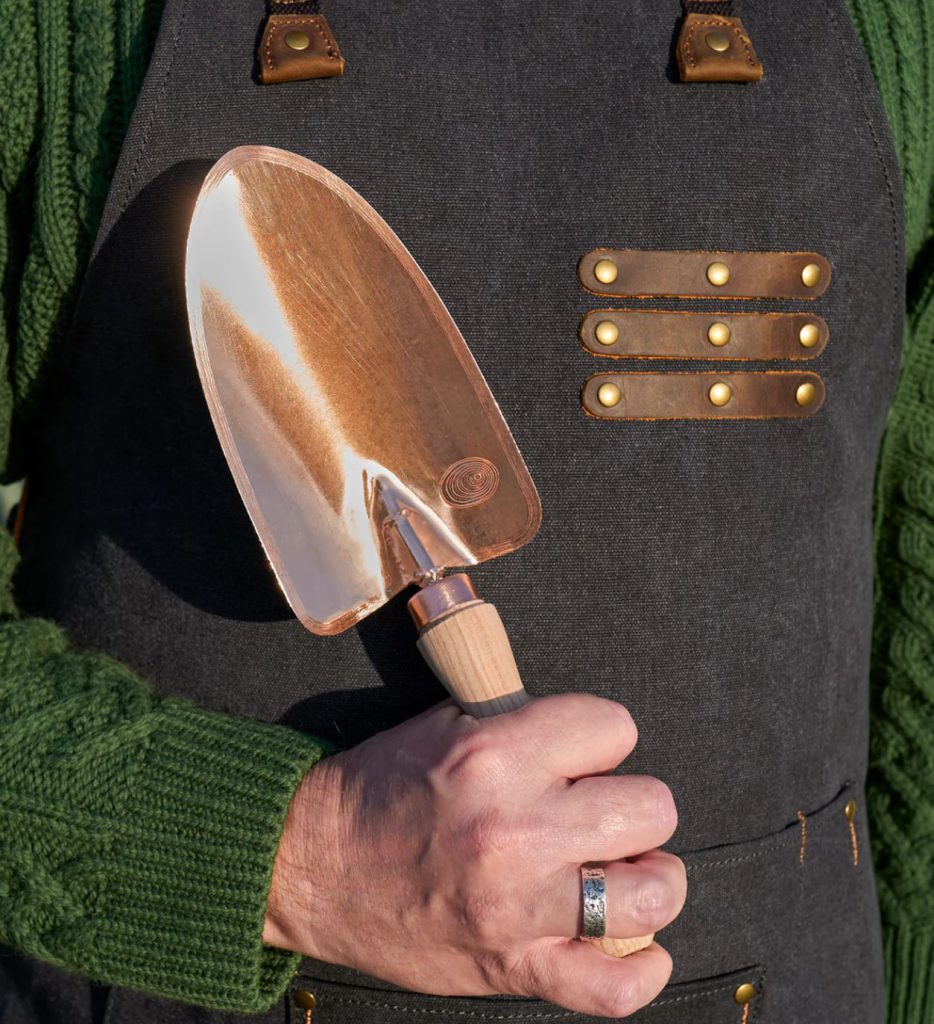Trowel Trowel: Uncover the secrets of London and Philadelphia trowels with this fascinating comparison that will change the way you see them!
In the world of masonry, the humble trowel plays a crucial role in ensuring precision and efficiency in laying bricks and mortar. Two popular types of trowels, the London trowel and the Philadelphia trowel, each have their unique designs and features that cater to different preferences and needs of masons. In this blog post, we will delve into the differences between these two types of trowels to help masons make informed decisions in their choice of tools.
Table of Contents
London Trowel
The London trowel is characterized by its traditional triangular shape with a pointed end. This design allows for accurate and precise application of mortar when laying bricks. The pointed tip of the London trowel enables masons to work in tight spaces and corners with ease, making it ideal for intricate masonry work that requires attention to detail.

One of the key benefits of using a London trowel is its ability to create smooth and neat finishes on mortar joints. The pointed shape of the trowel allows masons to achieve clean lines and edges, contributing to the overall aesthetics of the masonry project. Additionally, the London trowel is known for its durability and longevity, making it a reliable tool for masons who value quality and consistency in their work.
Philadelphia Trowel
In contrast to the London trowel, the Philadelphia trowel features a rectangular blade with rounded edges. This design provides a larger surface area for applying mortar, making it well-suited for spreading and leveling large quantities of mortar quickly. The rounded edges of the Philadelphia trowel also help in minimizing drag and friction during masonry work, allowing for smoother and more efficient application.

The Philadelphia trowel is favored by masons for its versatility and ease of use. Its larger blade size makes it suitable for laying bricks in bulk, making it a popular choice for projects that require speed and efficiency. The rounded edges of the trowel also facilitate better control and manipulation of mortar, resulting in consistent and uniform joints between bricks.
The Philadelphia trowel is favored by masons for its versatility and ease of use. Its larger blade size makes it suitable for laying bricks in bulk, making it a popular choice for projects that require speed and efficiency. The rounded edges of the trowel also facilitate better control and manipulation of mortar, resulting in consistent and uniform joints between bricks.
For masons working on projects that require meticulous jointing and fine finishes, a London trowel would be the tool of choice. Its pointed tip and triangular shape allow for precise application of mortar and clean lines on joints, enhancing the overall look of the masonry work. However, for projects that prioritize speed and productivity, a Philadelphia trowel would be more suitable, thanks to its larger blade size and rounded edges that enable fast and consistent mortar application.
Conclusion
In conclusion, the differences between London trowels and Philadelphia trowels lie in their designs, applications, and the preferences of masons. Both types of trowels have their unique strengths and are suited for different types of masonry work. Whether you choose a London trowel for precision and detail or a Philadelphia trowel for speed and efficiency, understanding the differences between these two tools can help you make an informed decision based on your specific needs and preferences.
Ultimately, the choice of trowel boils down to the goals of the masonry project and the working style of the mason. By experimenting with different types of trowels and understanding how each tool impacts your work, you can elevate the quality and efficiency of your masonry projects. So, the next time you reach for a trowel, consider the unique features of London and Philadelphia trowels and choose the one that best suits your craft.


